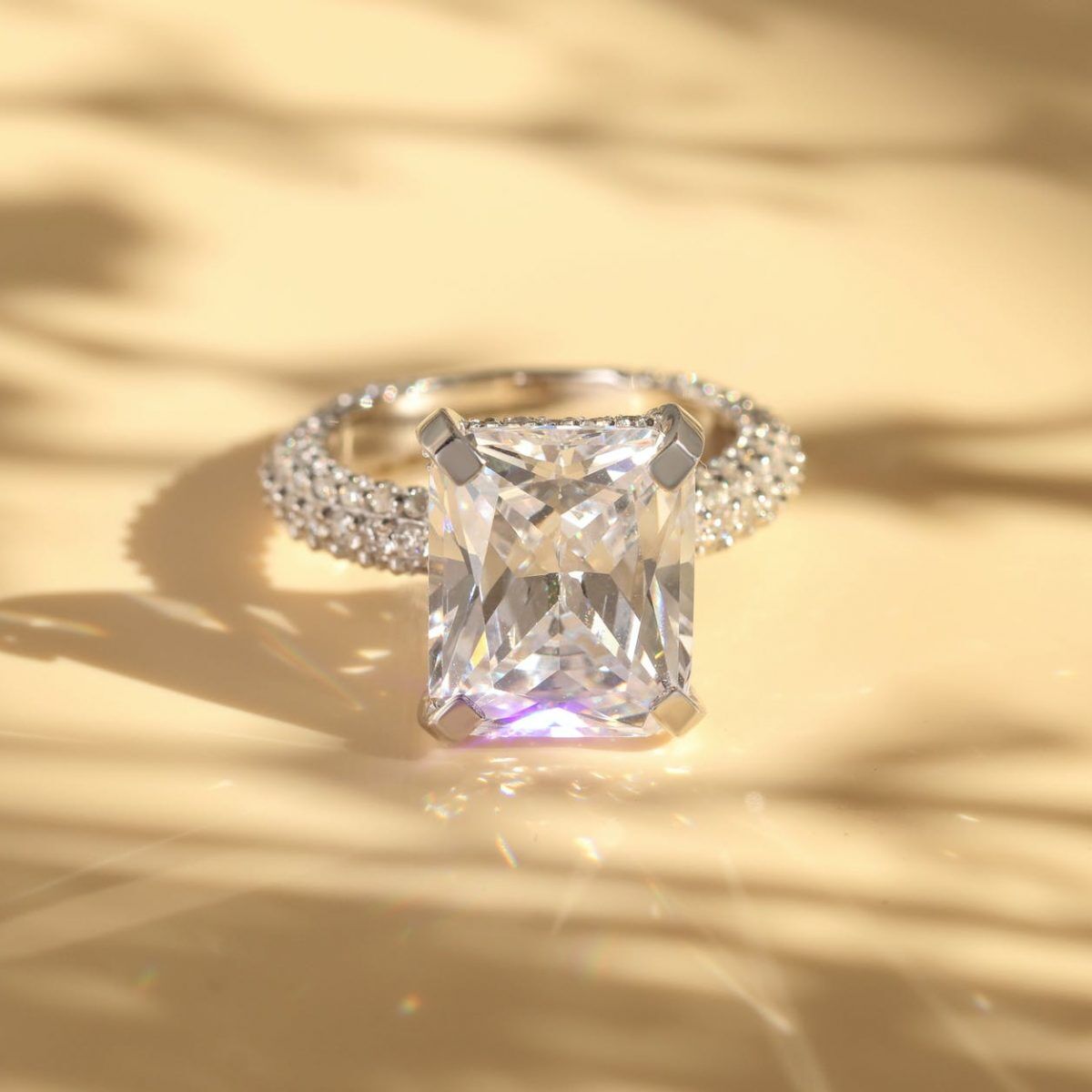Are Lab Diamonds Here to Stay?
Lab-grown diamonds have become increasingly popular as they are visually, molecularly, and chemically identical to mined diamonds. Their hardness (10 out of 10), durability, and beauty make them a top choice as a centre stone for engagement rings.
According to the 2021-2028 forecast report, the global lab-grown diamonds market is anticipated to grow with a CAGR of 8.74 percent. The report estimates that the market will garner revenue of about USD 32740 million in the year 2028. So, are lab diamonds here to stay?
Millennial Purchases
Lab-grown diamonds are rapidly gaining popularity among millennials due to environmental concerns. An analyst with Morgan Stanley’s Europe, Middle East and Africa Metals & Mining research team shared, “many of today’s younger consumers aren’t only open to alternatives, they are willing to pay a premium for products with a low environmental impact or are socially responsible.”
Leading laboratories create the diamonds in a controlled environment under the same conditions of extreme heat and pressure found on planet Earth. When the raw lab diamond crystal is complete, it is cut into a finished diamond and ready to set into a piece of jewellery. No mining is involved in the creation process as lab-grown diamonds are sourced ethically, leaving a minimal environmental impact.
If you’re looking for a lab diamond engagement ring in Toronto, reach out to a jeweller with extensive experience in working with lab diamonds for the fine jewellery and have great attention to detail. Alexis Gallery was one of the first Toronto jewellers to offer lab diamonds in Canada, allowing them to have long-standing relationships with the most reputable makers of independently certified lab diamonds worldwide.
Major Industry Investments
Consumer interest in ethical and sustainable products has solidified today’s lab diamond market. LVMH Moët Hennessy Louis Vuitton (LVMH), a French-holding multinational corporation and conglomerate specializing in luxury goods, supports the lab-grown industry. The group’s venture arm, LVMH Luxury Ventures, has taken a stake in Israeli lab-grown diamond start-up Lusix as part of a $90 million funding round.
Significant industry investments in the lab diamond industry indicate that the market will continue to grow long-term. Technology plays a critical role in producing lab diamonds sustainably as it allows diamonds to grow in a controlled environment without affecting the environment.
Environmentalism Awareness
Many environmentally-conscious couples choose lab-grown diamonds as the manufacturing process doesn’t require any environmental disruption. As more people seek ways to promote environmentalism, lab diamonds seem to remain the top choice when choosing jewellery to celebrate special occasions.
Environmentalism seeks to improve and protect the quality of the natural environment that may occur due to human activities, such as diamond mining.
Inflation Surges
Inflation is a general increase in the prices of goods and services in an economy, and it can affect a consumer’s ability to purchase diamonds if inflation surges. Canada’s inflation rate skyrocketed to 7.7 percent in May, leading to increased costs of goods and services.
This inflation surge can also impact one’s ability to purchase mined diamond rings. However, as lab-grown diamonds are created in the lab with advanced technology, they will likely remain more affordable during the inflation surge.
Lab diamonds have continuously proved their worth as a valuable centre stone for unique jewellery. Several factors indicate that lab diamonds are here to stay and allow consumers to flaunt their jewellery without harming the environment.





